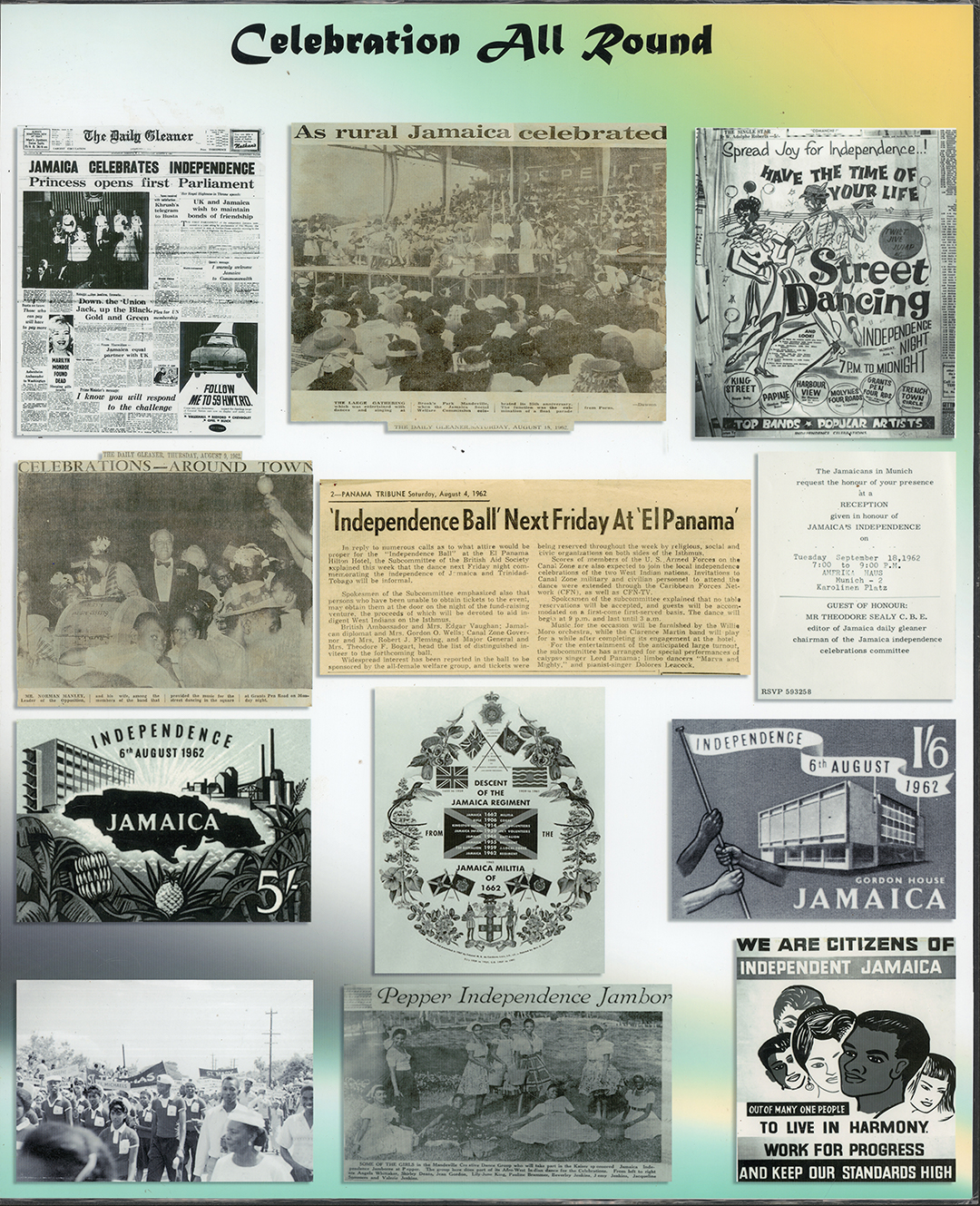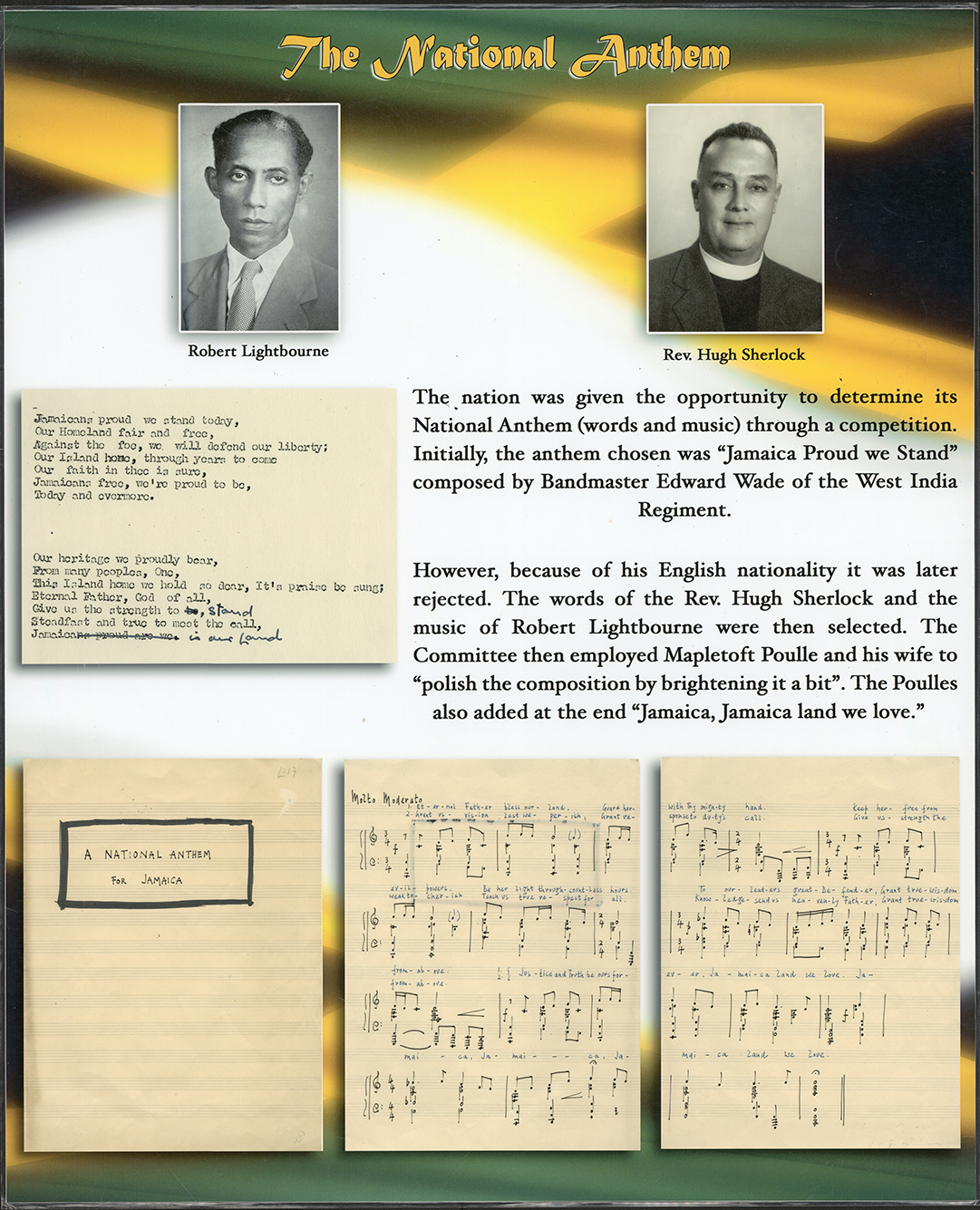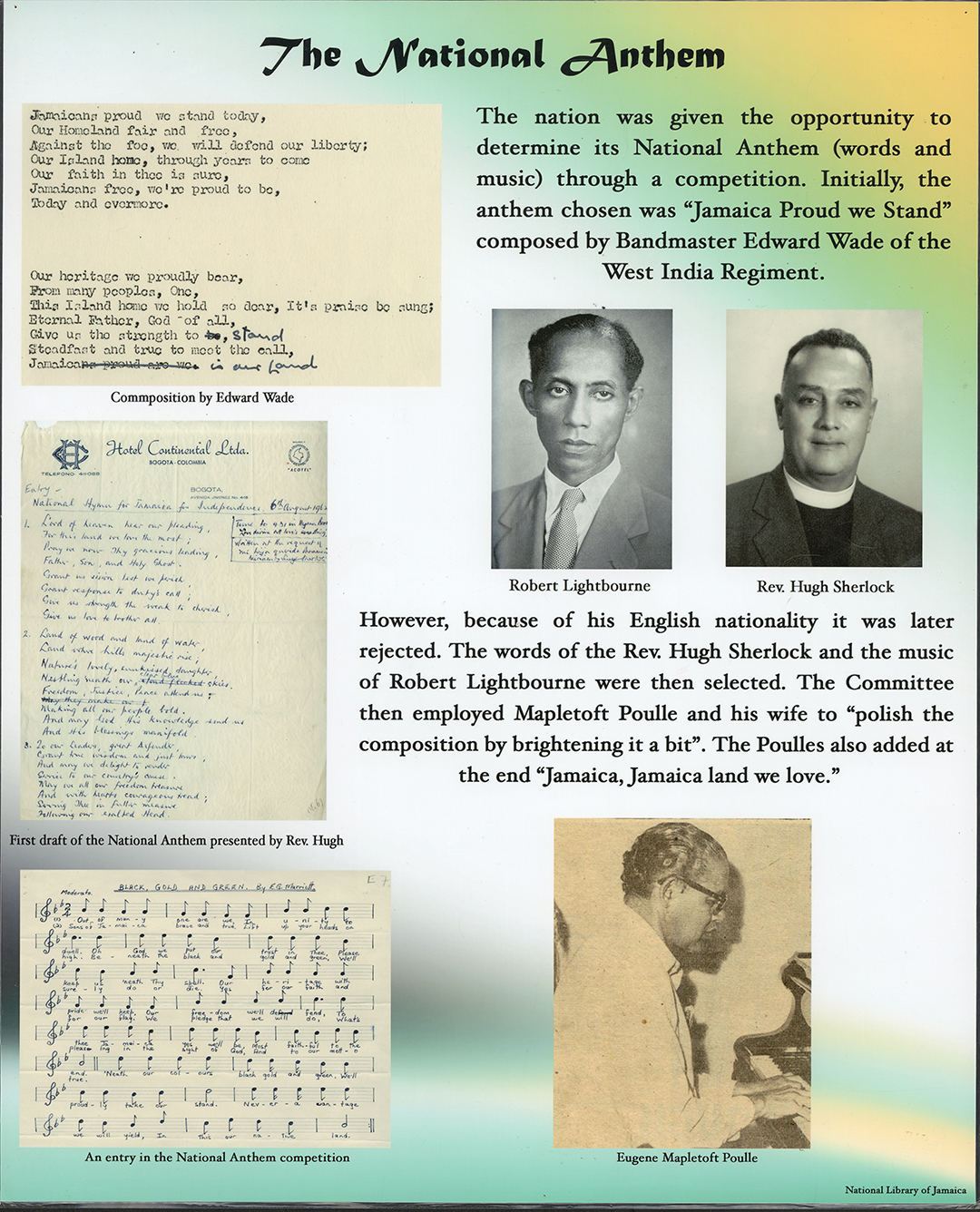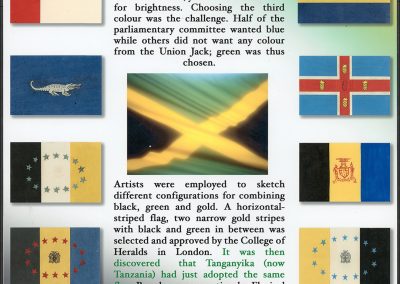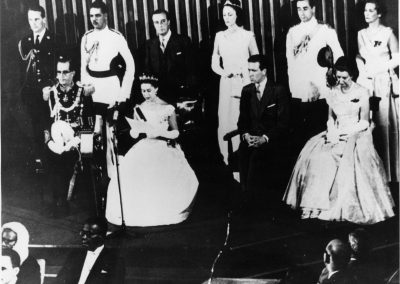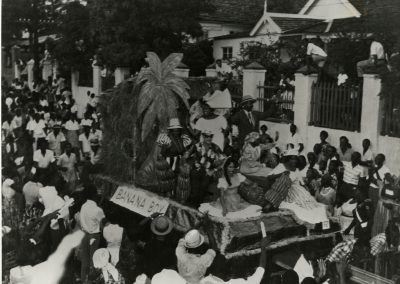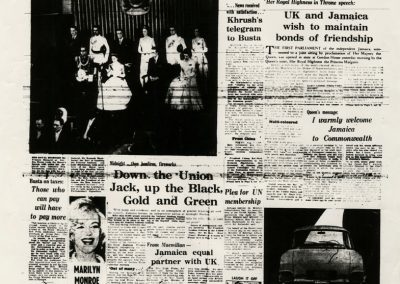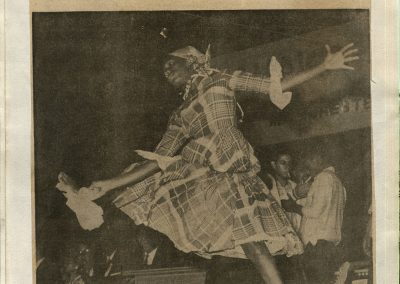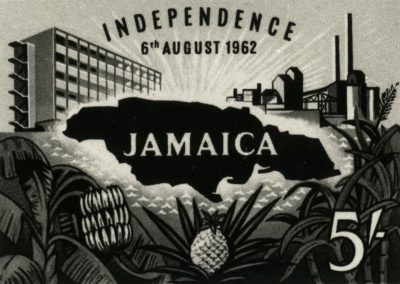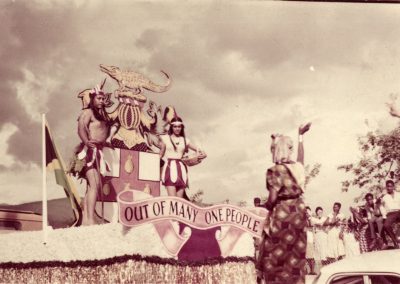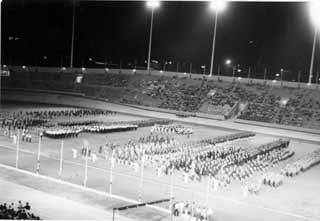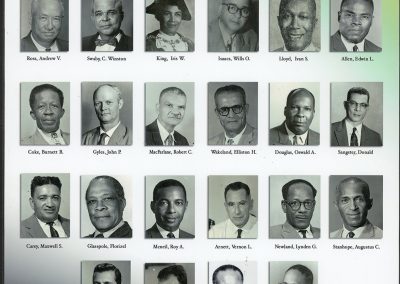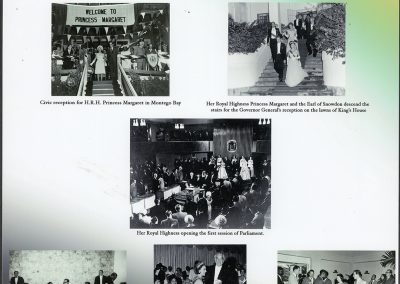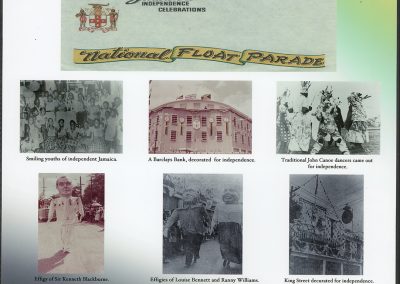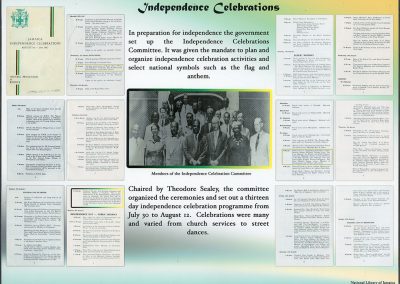Jamaica Independence, 1962
After more than 300 hundred years of British colonial rule, Jamaica gained independence on August 6, 1962. The road to independence was long and hard but with prominent and instrumental figures such as Sir Alexander Bustamante and Norman Manley, Jamaica gained its freedom for self-governance. Becoming independent, Jamaica’s locally drafted Constitution came into effect on August 6, 1962.
An Independence celebration committee was commissioned to plan and organize special activities in celebration of the newly independent Jamaica. Several events were organized to celebrate the jubilation spanning from July 30 to August 12 1962, one such activity was the independence state banquet.
The National Float Parade and Flag raising ceremony were two of one of the most significant activities which occurred. On Sunday August 5, 1962 at 11:59 pm, the National Stadium went dark for one minute with only the flag staff highlighted. The Union Jack (British Flag) was lowered symbolising the end of the British rule over Jamaica and Jamaica’s new flag of colours black green and gold was hoisted to the sound of jubilant cheers and fireworks signalling the birth of a new nation, “Jamaica land we love.”
Joining in the celebrations was Her Royal Highness, Princess Margaret, who represented Her Majesty Queen Elizabeth II. Princess Margaret, on her diplomatic mission, officiated the ceremonies which made Jamaica the first independent state in the Western Hemisphere during the 20th century. She was accompanied by her husband the Earl of Snowdon and the Royal Party.
Independence is celebrated every year and continues to be a well anticipated season which both reminds us of the significance of political freedom and signals the possibilities of a brighter future.
Representing a Jamaican Identity
The Jamaican National Anthem
The National Flag
Twenty-three colours were suggested by the public for inclusion in the flag which were then narrowed down to three. The Independence Celebrations Committee decided that the flag should have black; yellow was then added for its brightness and the the third colour green was later chosen after lengthy debates of not having any of the union Jack colours represented. Artists were employed to sketch different configurations of what the design of the flag could be; combining the black, green and gold. The initially selected and approved flag was likened to that of Tanzania and as such Sir Florizel Glasspole suggested that the diagonal yellow lines be selected.
